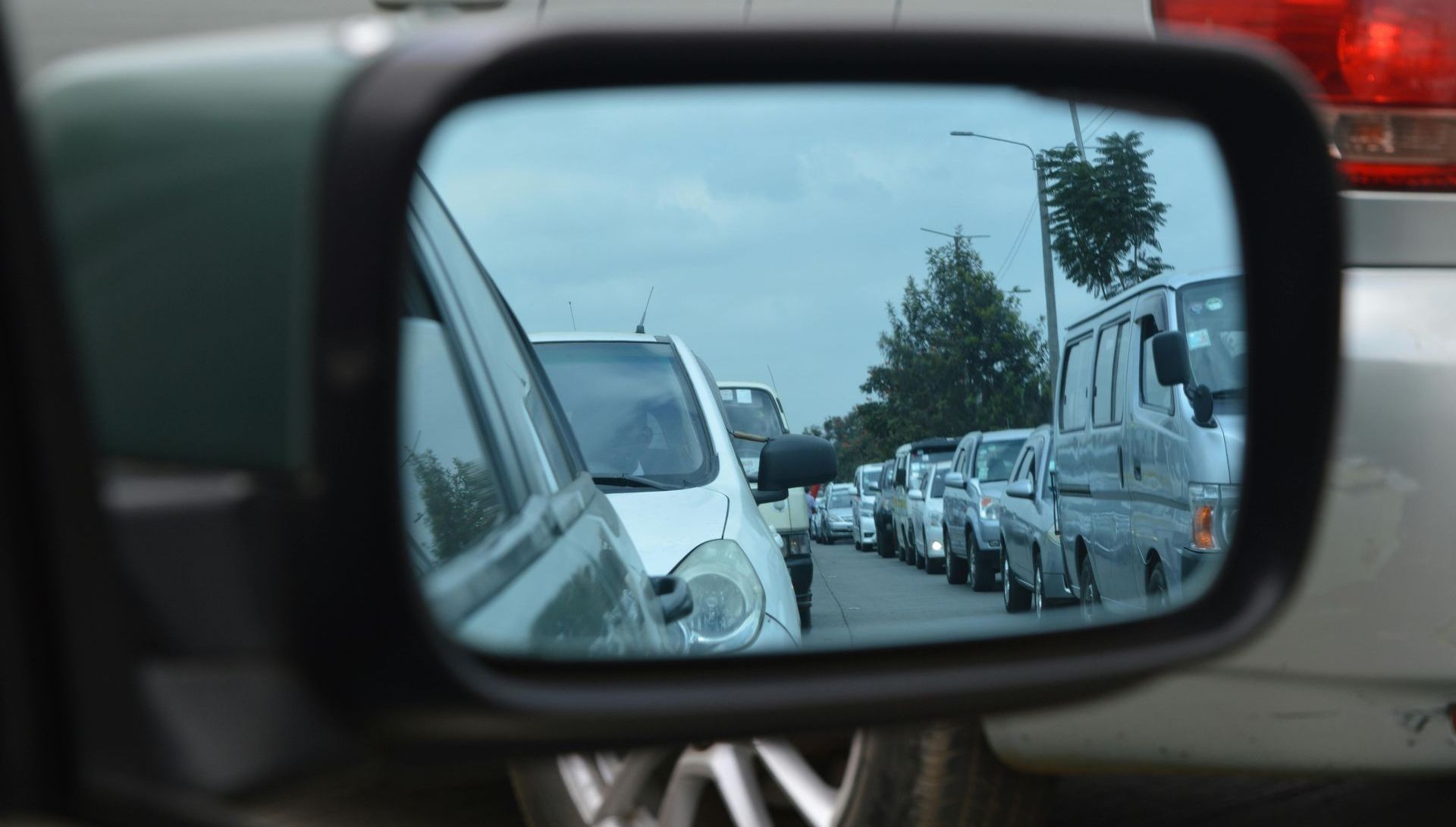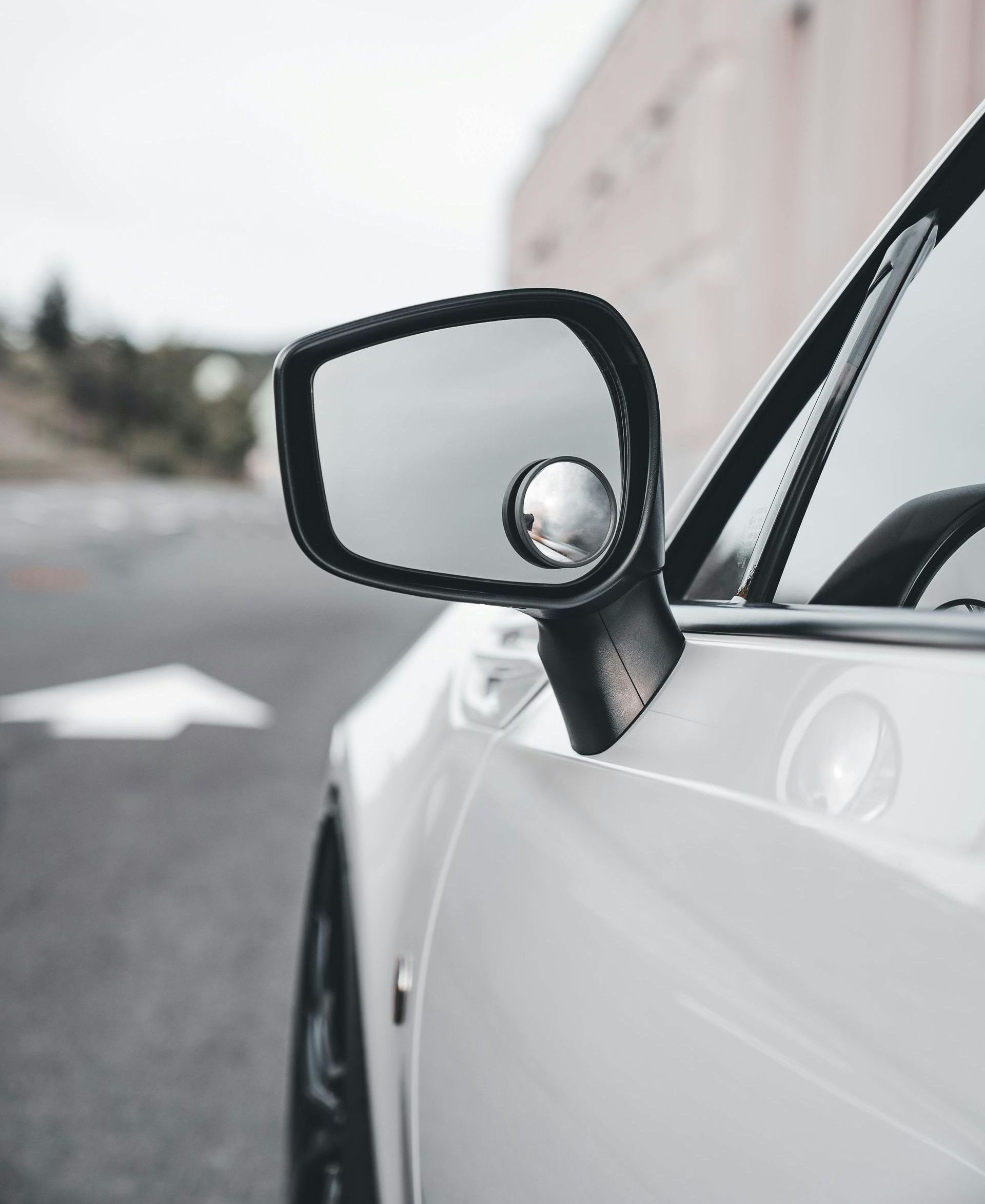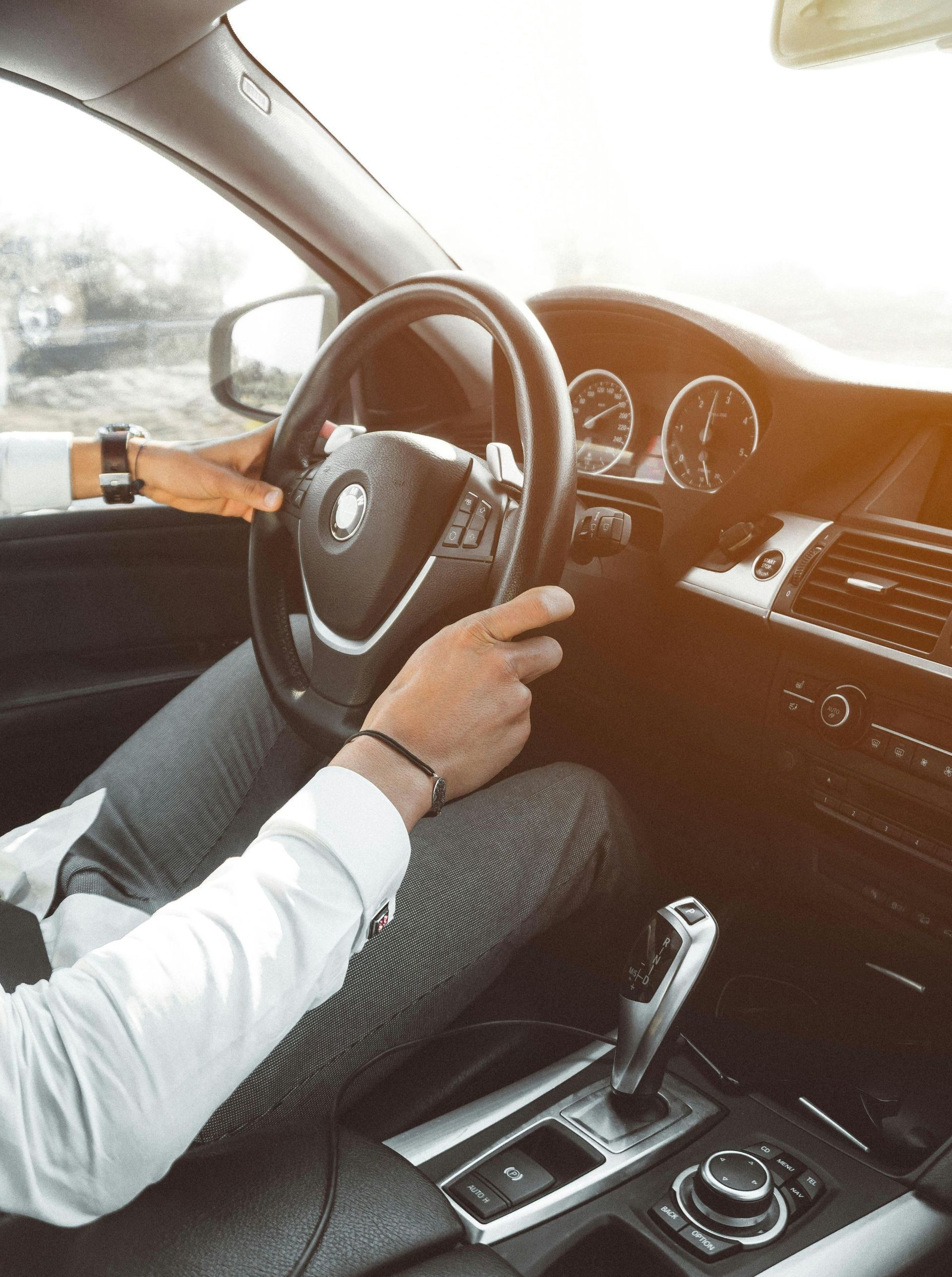City Driving vs Highway Driving: What It Does to Your Tires
How Your Commute Impacts Tire Life
Tires take a beating—there’s no getting around it. But the type of driving you do every day plays a major role in how quickly your tires wear out. Here in Boston, where tight turns, potholes, curb scrapes, and stop-and-go traffic are part of the daily grind, city driving wears tires differently than highway cruising.
At Raymond’s Tire Shop in Dorchester, we’ve been servicing tires for over three decades, and we see the difference every day. Whether you’re commuting down Blue Hill Ave or hitting the interstate to Worcester, knowing how your driving habits affect your tires helps you stay safer and spend smarter.

City Driving: Small Distance, Big Impact
City driving might seem less intense—after all, you’re not hitting high speeds—but it’s often harsher on your tires in several key ways:
1. Frequent Stops and Starts
Boston traffic is a masterclass in stop-and-go movement. Every time you brake or accelerate, you create friction that wears down your tread. Multiply that by dozens of lights and bumper-to-bumper conditions, and that adds up quickly.
2. Tight Turns and Curb Contact
Narrow roads and tight street parking often mean aggressive steering, three-point turns, and brushing up against curbs. This kind of wear typically shows up as uneven tread loss or sidewall damage, which is especially common in urban environments.

3. Rougher Road Conditions
City roads take a beating from weather, traffic, and construction. Potholes, metal plates, and inconsistent pavement are hard on suspension and tire alignment. Over time, that kind of repeated impact can weaken the tire’s internal structure or knock the wheels out of alignment, causing uneven wear and reduced handling performance.
4. Short Trips and Cold Starts
Short trips don’t give your tires time to warm up, which means they may be more susceptible to damage from road debris or temperature fluctuations. Combine that with quick, sharp movements in city driving, and your tires are doing a lot of hard work in a short amount of time.

Highway Driving: Smoother, But Not Perfect
Highway driving puts less immediate strain on your tires, but that doesn’t mean it’s without risk. Here’s how it differs:
1. Consistent Speeds = Less Abrasion
Cruising at a steady speed is generally easier on your tires. Fewer stops mean less friction and a more even wear pattern over time. That’s why highway miles are often considered “gentler” on tires.
2. Long-Term Heat Buildup
High speeds over long distances can increase tire temperature, especially during summer months. Heat can degrade rubber over time and cause pressure buildup, which raises the risk of blowouts—especially if tires are underinflated or nearing the end of their lifespan.
3. Debris and Road Hazards
While the roads might be smoother, highways aren’t immune to hazards. Nails, chunks of tire, glass, and roadkill can all cause punctures or sidewall damage, especially at high speeds when impact force is greater.

What This Means for Your Tires
Your tires wear down no matter where or how you drive—but the pattern and pace of that wear depend heavily on your environment. Here in Boston, most drivers are putting their tires through the paces with dense city conditions, so it’s smart to:
- Inspect your tread and sidewalls regularly
- Rotate your tires every 5,000–6,000 miles
- Check your tire pressure monthly, especially with temperature changes
- Get realigned if your vehicle pulls or the tread wears unevenly
- Don’t delay repairs if you hit a pothole or curb hard

Need a Check-Up or a Replacement?
At Raymond’s Tire Shop, we specialize in helping city drivers make the most of their tires—whether that means patching a flat, finding a solid used replacement, or getting you set up with a new set that fits your driving style.
We also offer roadside flat repair if you get caught mid-commute and fast, honest service right at our shop in Dorchester. Walk-ins are welcome, and we’re open seven days a week.
If your tires are showing signs of city stress, don’t wait. Come see us. We’ll help you ride smoother, safer, and smarter—no matter where the road takes you.










